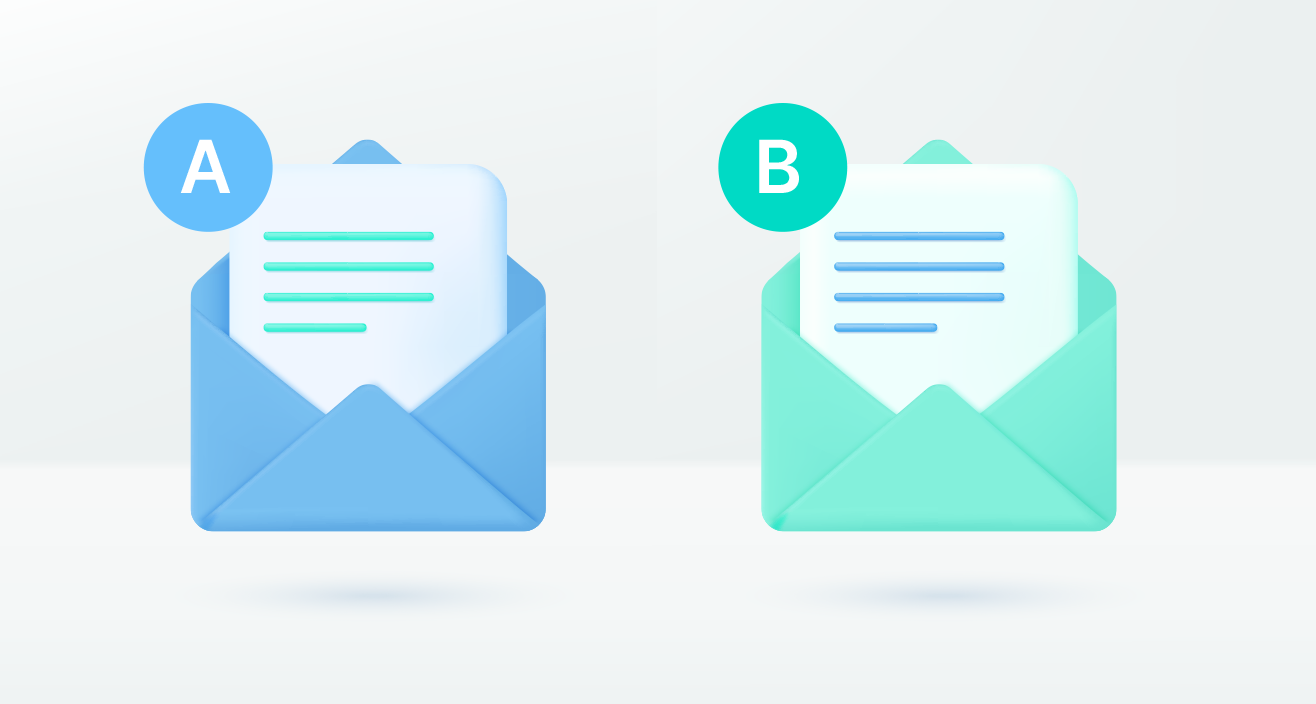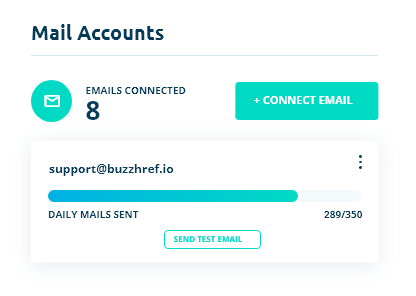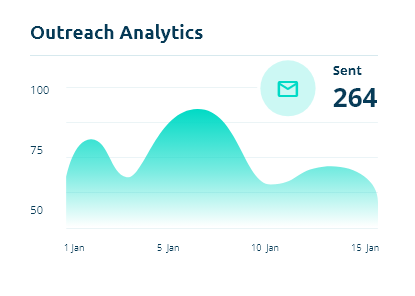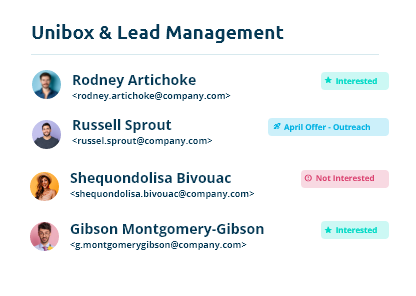If you’ve ever wondered why some outreach emails hit the mark while others fizzle out, A/B testing might be your secret weapon.
Whether you’re reaching out for sales, partnerships, or press, outreach is part art, part science. And the science part? That’s where A/B testing shines.
In this post, we’ll explore how A/B testing can make your outreach smarter, not harder, by helping you tweak and refine your messaging for better engagement and conversion. We’ll also walk you through what to test, how to analyze the results, and how you can use Buzzhref to make it all way easier (and faster).
What is A/B Testing in Outreach?
A/B testing, also known as split testing, compares two (or more) variations of an email or message to see which performs better. You change one element at a time (like the subject line), send both versions to similar audiences, and track the results.
It’s a simple concept, but when used right, it can lead to significantly better open rates, replies, and ultimately, outcomes.
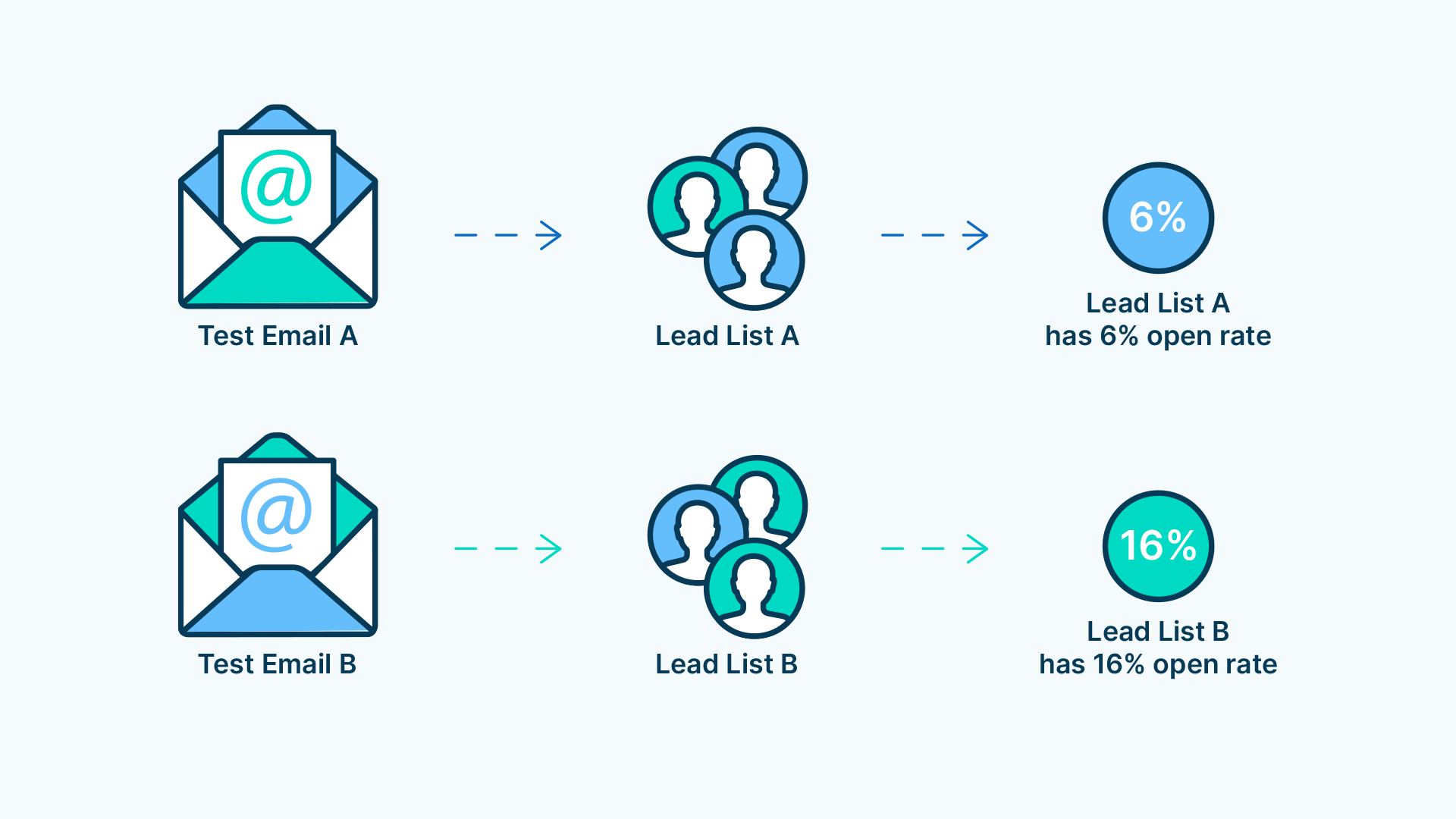
What Should You A/B Test?
When deciding what to A/B test, it’s important to start with elements that are most likely to influence your goals, such as opens, replies, or conversions. Subject lines and call-to-actions are great starting points because they directly impact whether someone opens your message or takes action. Make sure to test only one change at a time so you can confidently identify which factor made the difference. Avoid overly drastic variations. Instead, tweak one variable per test. This way, your insights are clear and actionable, and you’ll avoid muddying the results.
Here are some common and effective elements to test in your outreach:
- Subject Lines: Try a friendly versus direct tone, question versus statement, or short versus long format.
- Opening Line: The first sentence can hook your readers or lose them. Try testing different approaches.
- Call-to-Action (CTA): Compare “Would you be open to a quick call?” with “When’s a good time for a chat?”
- Send Times & Days: Test mornings versus afternoons or weekdays versus weekends. Timing can impact visibility.
- Email Length & Format: Compare concise pitches with more detailed ones or plain text with formatted emails.
- Personalization Style: Try using just the first name, the name plus company, or a custom sentence about their work.
How to Run a Simple A/B Test
- Choose a variable to test (just one).
- Create two versions of your message, labeled Version A and Version B.
- Split your list into equal, random segments.
- Send both versions at the same time or on the same day within the same time window.
- Measure the results based on your goal: opens, replies, clicks, conversions, and so on.
Pick a winner and use what you learn for the next iteration.
Pro tip: Don’t stop after one test. The more you test and learn, the more optimized your outreach becomes.
Analyzing Results: What to Look For
Look beyond vanity metrics. For instance:
- Open Rate: Ideal for testing subject lines.
- Reply Rate: This is Useful for evaluating messaging and call-to-action effectiveness.
- Conversion Rate: Best for measuring performance based on desired user actions.
Use statistical significance calculators if your list is large enough. These tools help you confirm whether your results are meaningful or just due to chance. If you’re working with smaller volumes, a simple manual comparison can still yield valuable insights.
How Buzzhref Makes A/B Testing Easier
This is where things get exciting. With Buzzhref, you don’t need to juggle spreadsheets or guess which message worked best. You can set up A/B tests by running separate campaigns for each variation and using performance data to make smarter decisions.
To do this effectively:
- Create or split your leads list into two separate groups. These should be similar in size and audience type to keep the comparison fair.
- Create a new campaign for each variation of your outreach message, one per lead list. For example, Campaign A uses one subject line, and Campaign B uses another.
- Send both campaigns under similar conditions, such as timing and frequency.
- Wait for the campaigns to finish, then check out the campaign stats
You’ll get clear stats for each campaign:
- Open rates to evaluate subject line performance
- Reply rates to see which message was more engaging
- Unsubscribe rates to identify if any version turned people away
Keep in mind that you should avoid testing too many differences at once. The more similar your campaigns are, the easier it is to identify what caused one to perform better.
Use what you learn to refine your next outreach round. Each test gives you more insight, and with Buzzhref, it’s easy to apply those insights to keep improving your results.
Final Thoughts
Outreach isn’t about guessing. It’s about learning. A/B testing is the fastest way to turn your gut instinct into real-world results. With a tool like Buzzhref, the whole process becomes streamlined, insightful, and much less intimidating.
So go ahead. Experiment, optimize, and watch your response rates climb

